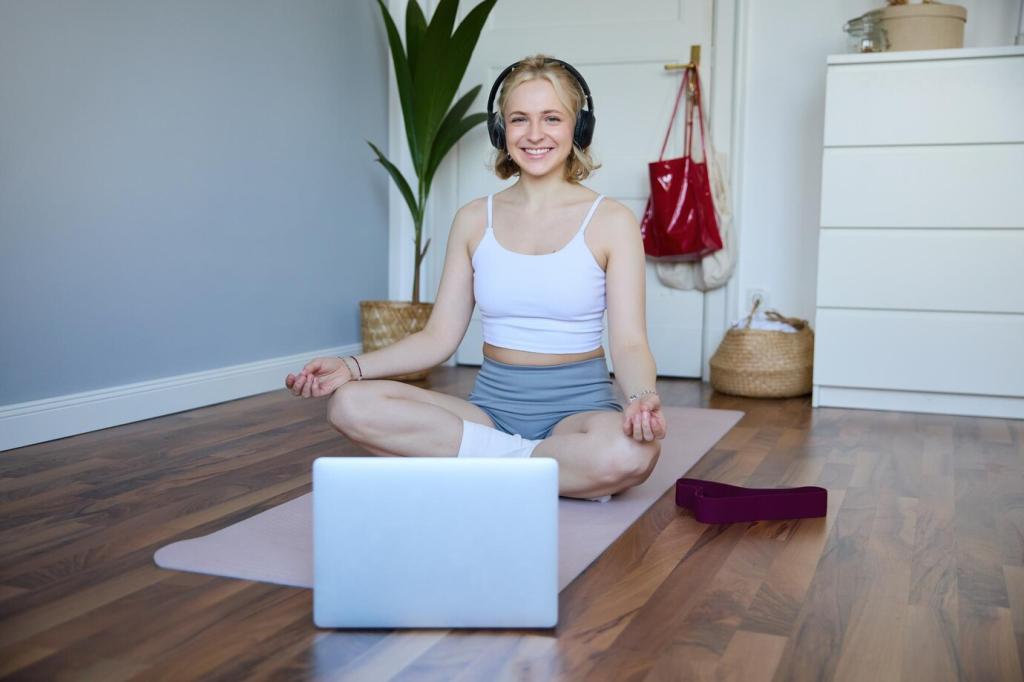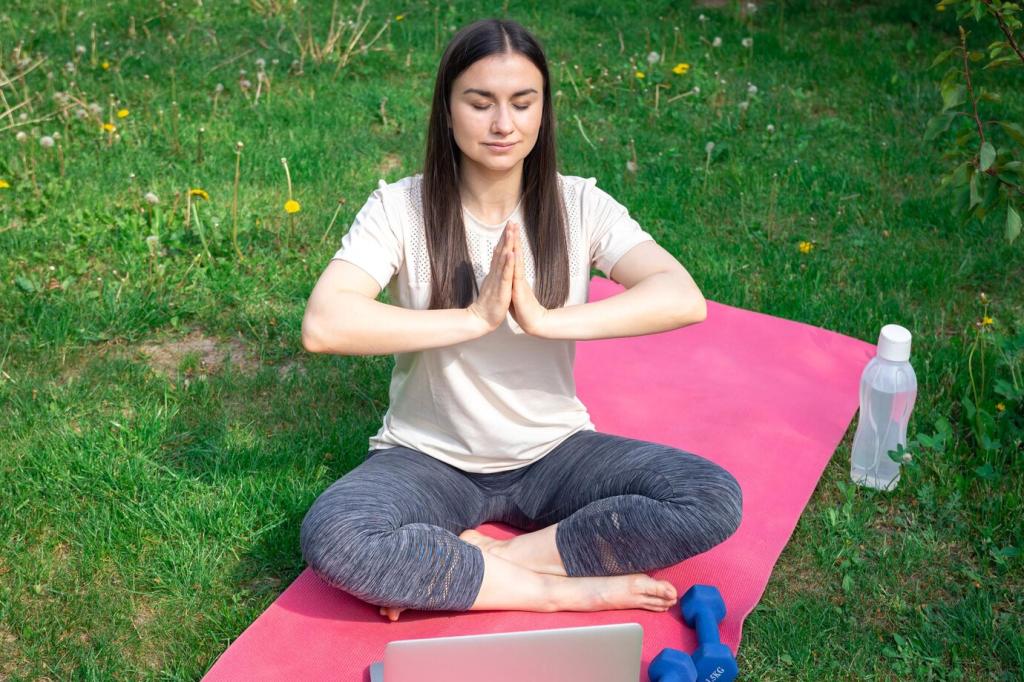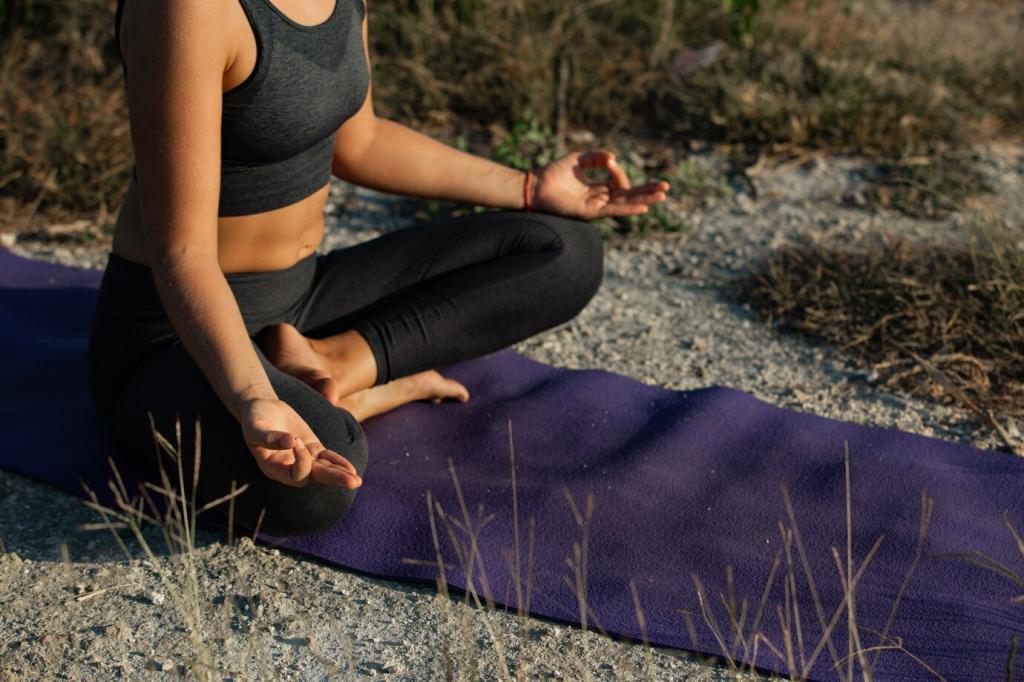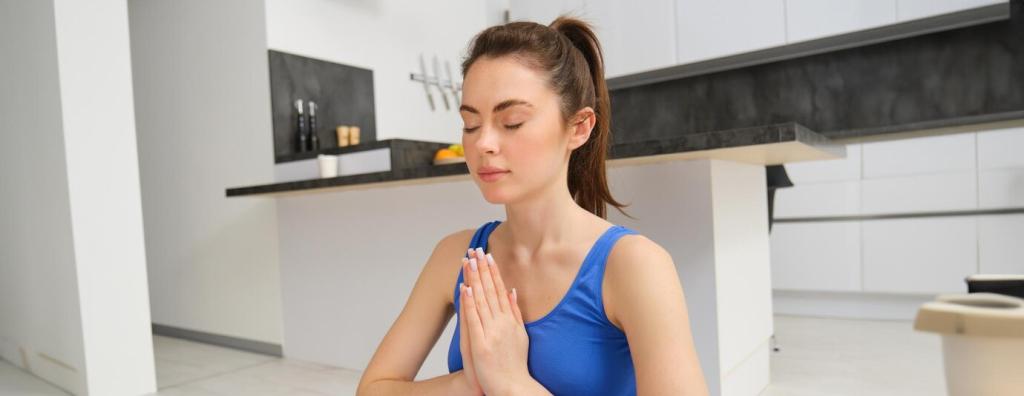
Begin Calm: Progressive Muscle Relaxation Basics
Chosen theme: Progressive Muscle Relaxation Basics. Welcome to a gentle, practical path for easing tension one muscle group at a time. Learn a simple routine you can start today, feel a real contrast between tight and loose, and subscribe for weekly prompts that keep your calm growing.
Understanding the Core of PMR
From Tension to Release
PMR works by briefly tensing a muscle group, then slowly releasing it to spotlight the difference between strain and ease. That contrast trains your nervous system to settle. Try noticing tiny shifts—warmth, heaviness, and softness—as your muscles unwind.
Jacobson’s Insight
In the 1920s, physician Edmund Jacobson found that relaxing the body could quiet the mind. He structured step-by-step sequences that helped patients spot hidden tension. His approach remains relevant today, especially for stress, performance jitters, and everyday restlessness.
Benefits You Can Feel
People often report steadier breathing, fewer clenched jaws, and easier sleep after consistent PMR. Some also notice better focus and reduced headache frequency. Tell us which changes you feel first, and subscribe if you want printable checklists to track results.

The Basic Sequence, Step by Step
A classic sequence includes: hands, forearms, upper arms; forehead, eyes, jaw; neck, shoulders; chest, abdomen, lower back; thighs, hamstrings, calves, and feet. Explore each group in order, giving your attention fully to the sensations during both tension and release.

Sensing and Skills: Making Each Round Count

Notice the Contrast
After releasing, scan for changes in weight, temperature, or texture. Heaviness often signals deeper rest. If your mind wanders, gently return to the specific spot you just relaxed. Share a single word that describes your post-release sensation—heavy, warm, floaty, or calm.

Avoid These Common Mistakes
Skip over-tensing, breath-holding, and rushing. Clenching your face or shoulders while working other areas can sneak in. Instead, aim for mild effort, smooth breathing, and a steady cadence. If a section feels tricky, pause, reset your posture, and try again slowly.

Track Progress with a Simple Log
Rate each muscle group’s tension from one to ten before and after practice. Note sleep quality and mood changes. Patterns emerge within a week. Subscribe to receive a printable PMR tracker, or share your custom method so others can experiment with it.
Build the Habit and Share the Journey
Days 1–4: ten minutes nightly with five muscle groups. Days 5–9: expand to ten groups, same pace. Days 10–14: full sequence or focused areas. Set reminders, track mood, and celebrate tiny wins. Subscribe for daily prompts that keep you accountable and encouraged.
